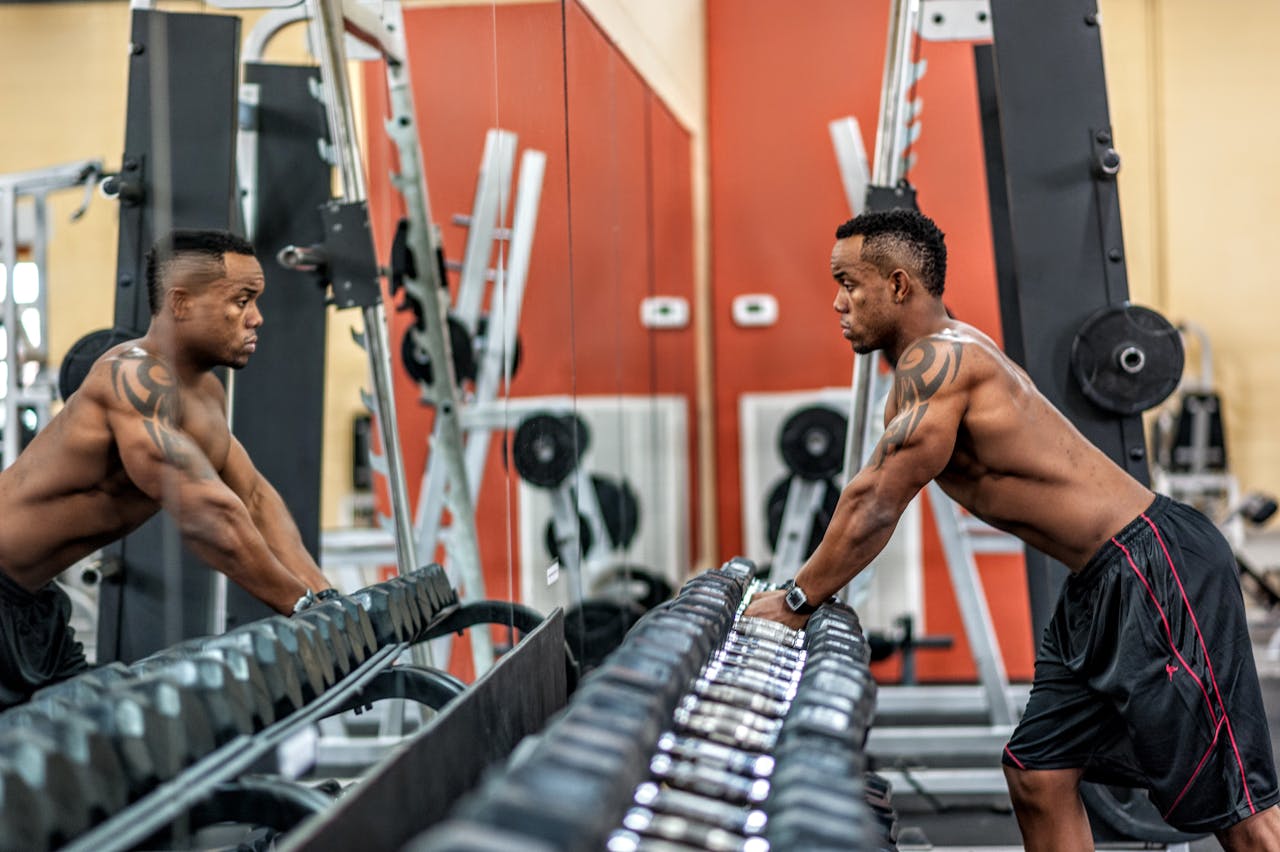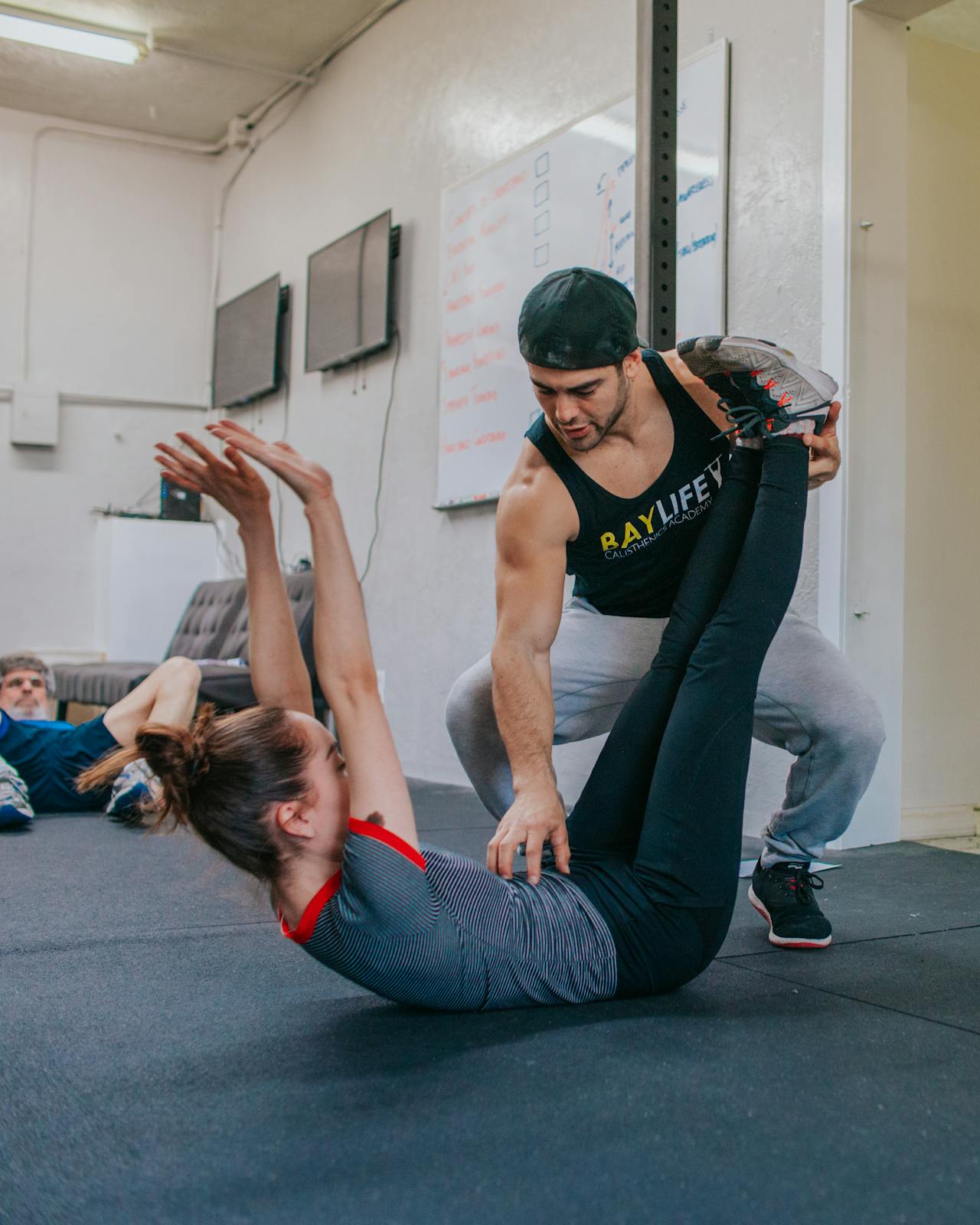Have you ever found yourself making excuses for not going to the gym? It’s too far, too expensive, too crowded, or maybe it’s just too hard to find the motivation to pack a bag and drive there. The idea of working out at home might sound appealing, but can it really replace the gym? Science suggests that with the right approach, it absolutely can. A well-planned home workout routine not only saves time and money but also offers unique advantages, such as convenience, privacy, and flexibility. If you’re ready to drop the gym and bring fitness into your living space, it’s time to explore how to make it work effectively.
Cardio at Home: More Than Just a Treadmill
Cardiovascular exercise is a crucial element of any workout plan, promoting heart health, endurance, and fat loss. While many people assume that effective cardio requires a treadmill or an expensive machine, the truth is that there are numerous ways to get your heart pumping at home. An elliptical trainer, for example, provides a low-impact, full-body workout that protects your joints while keeping your heart rate elevated. A rowing machine offers another great option, activating both the upper and lower body with every pull, while taking up minimal space when folded away.
For those short on space or budget, bodyweight exercises like jumping jacks, burpees, or high-intensity interval training (HIIT) workouts can deliver the same cardiovascular benefits as traditional gym equipment. Research in 2024 found that 15-minute HIIT sessions can burn as many calories as 45 minutes of moderate-intensity exercise. The key is to maintain consistency and intensity—no machine necessary.
Strength Training: No, You Won’t Bulk Up (Unless You Want To)
One of the biggest fitness myths is that weight training automatically leads to bulky muscles. In reality, strength training is one of the most effective ways to burn fat, boost metabolism, and improve overall health. Muscle burns more calories than fat even at rest, meaning that the more lean muscle mass you have, the more energy your body requires daily. Studies confirm that resistance training is just as important as cardio when it comes to long-term fat loss and body composition improvements.
A home gym doesn’t need to include heavy machines to be effective. A set of adjustable dumbbells, kettlebells, or resistance bands can offer a versatile and space-efficient alternative. For those looking to build a more comprehensive setup, an all-in-one home gym machine allows for multiple exercises targeting different muscle groups, replicating the functionality of various machines found in a commercial gym.
Investing in Equipment: Cost vs. Convenience
The biggest drawback people associate with home gyms is the initial cost of equipment. A full set of weights, a cardio machine, and other accessories can add up, but long-term savings can make it worth the investment. A study in 2024 found that individuals who built home gyms saved an average of $1,200 annually compared to paying for a gym membership. Over several years, this can amount to thousands of dollars saved while eliminating travel time and gym-related inconveniences.
Additionally, many fitness brands now offer high-tech, app-integrated equipment that allows users to follow interactive workouts and virtual training sessions. Smart mirrors and AI-powered fitness programs provide real-time feedback, ensuring proper form and technique without requiring an in-person trainer. The home gym experience is evolving rapidly, making it more engaging and effective than ever before.
The Psychology of Home Workouts: Staying Motivated
One of the most overlooked aspects of working out at home is maintaining motivation. Without the external accountability of a gym environment, many people struggle to stay consistent. Research highlights that setting specific goals, tracking progress, and creating a dedicated workout space significantly improve adherence to fitness routines.
Another common challenge is dealing with distractions. Unlike a gym, where the environment is designed for exercise, a home setting often includes temptations like the couch, TV, or endless household tasks. Establishing a structured workout schedule, treating fitness sessions as non-negotiable appointments, and using music or guided workouts can help maintain focus.
Beyond Equipment: Small Accessories, Big Impact
While large machines and weights play a role in home fitness, smaller accessories can be just as effective in enhancing workouts. Resistance bands provide adjustable levels of difficulty for strength training while being compact and portable. Exercise balls improve core strength and flexibility, and balance boards enhance stability and coordination.
Recovery tools like foam rollers and massage guns have also gained popularity, helping to reduce muscle soreness and improve mobility. The key to a successful home workout setup is not just having the right tools but knowing how to use them effectively. Knowledge is just as valuable as equipment when it comes to fitness.
Common Mistakes: What to Avoid When Dropping the Gym
One of the biggest mistakes people make when transitioning to home workouts is underestimating the importance of proper form. Without professional supervision, there’s a higher risk of injury due to incorrect technique. Fortunately, technology is making it easier to correct form through apps and smart fitness devices that provide movement analysis and feedback.
Another common pitfall is failing to create variety in workouts. Repeating the same exercises every day leads to plateaus and decreased motivation. Incorporating different types of movement, from strength training to yoga, keeps workouts engaging and effective.
Finally, a lack of accountability can lead to skipped sessions. Joining online fitness communities, partnering with a workout buddy, or using fitness tracking apps can provide the structure needed to stay on track. A home gym setup is only as effective as the consistency of its use.
Building a home gym is not just about convenience; it’s about taking control of your fitness journey in a way that fits your lifestyle. The gym offers structured environments and access to diverse equipment, but home workouts provide flexibility, cost savings, and a personalized experience. Whether you choose to fully transition away from the gym or create a hybrid approach that includes both, the key to success lies in commitment and consistency.
With advancements in fitness technology, growing knowledge about effective home training, and the increasing demand for flexible workout options, home gyms are no longer a second-rate alternative. They are becoming the future of fitness. So, if you’re ready to drop the gym, it might just be time to bring your workout home.













